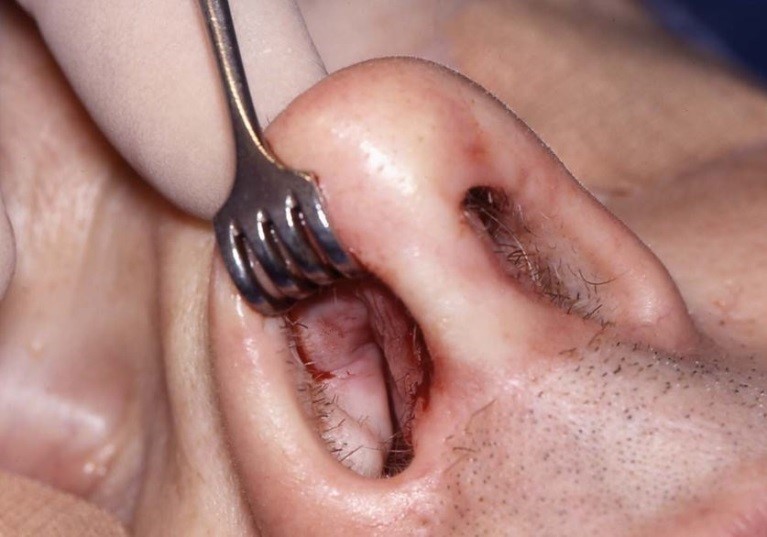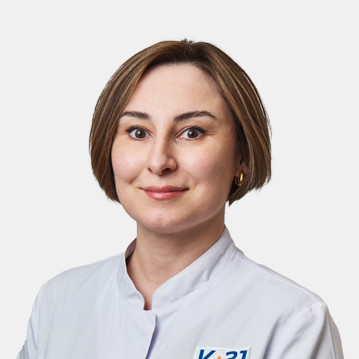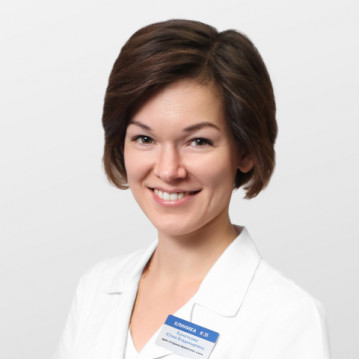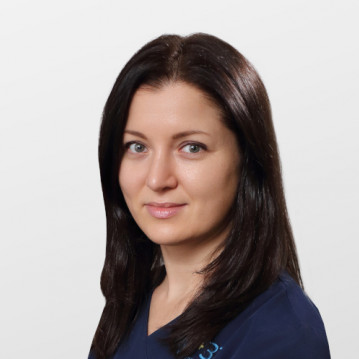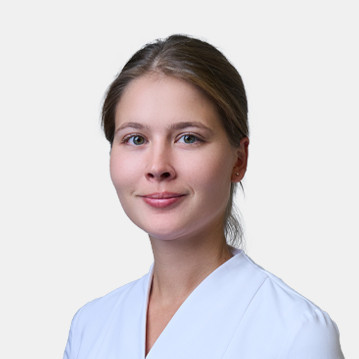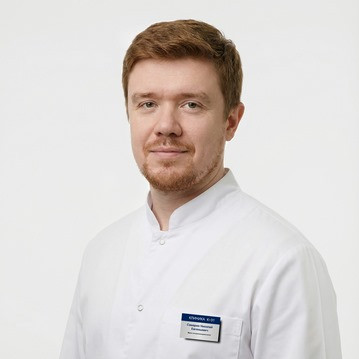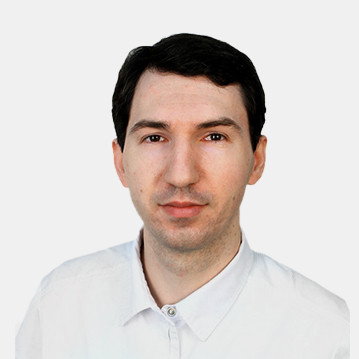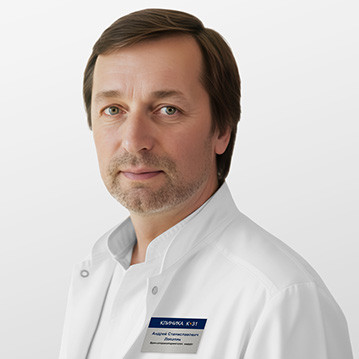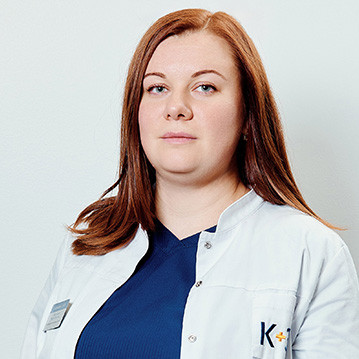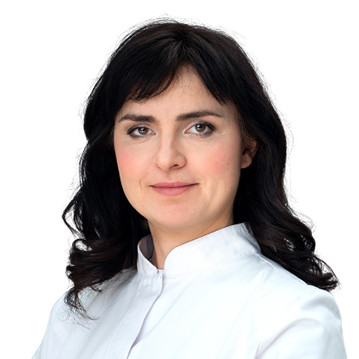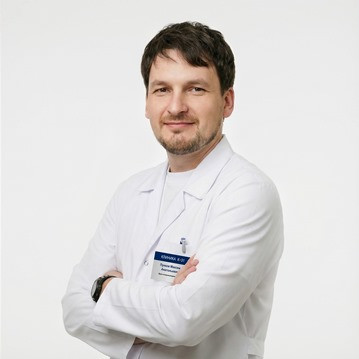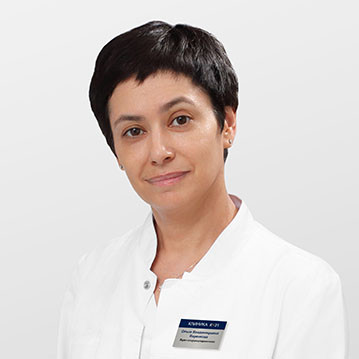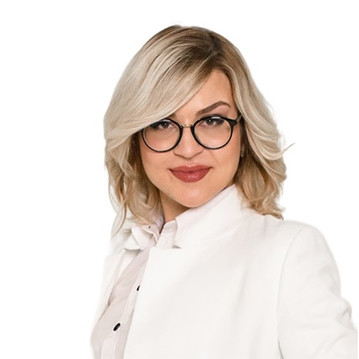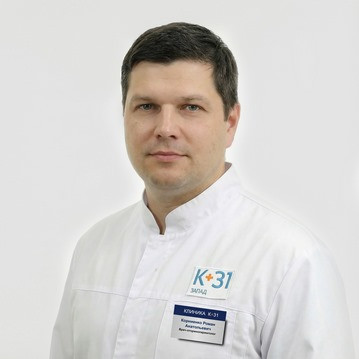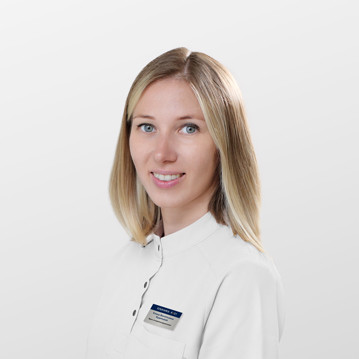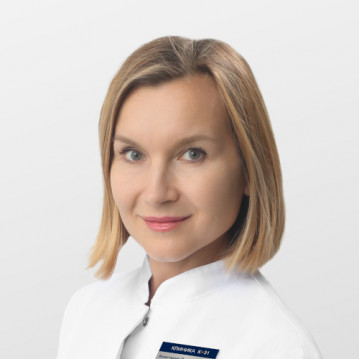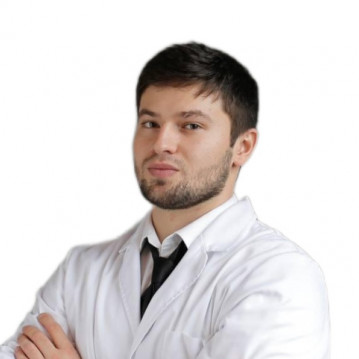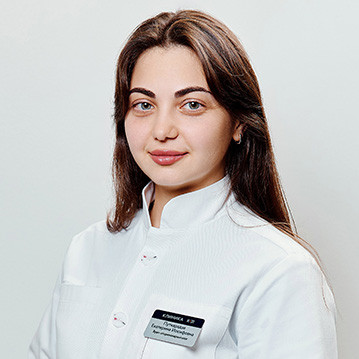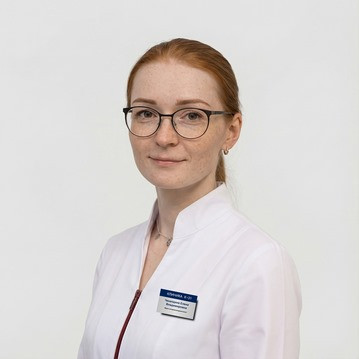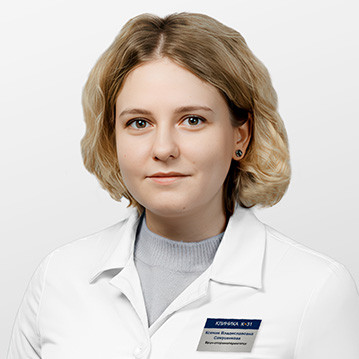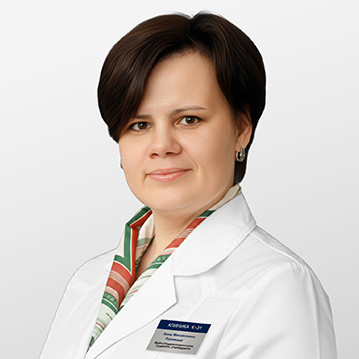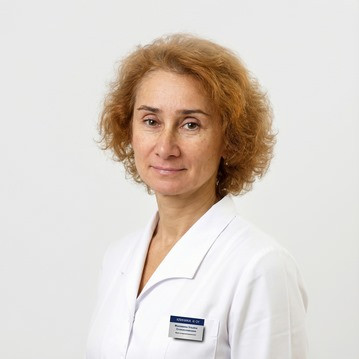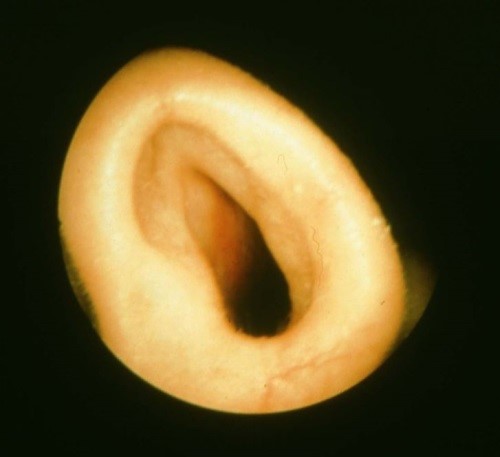
The valve of the nose is the narrowest point in the upper airway, which ensures the "swirling" of the air flow, which, moving turbulently, travels the greatest distance in the nasal cavity. During this movement, the air we breathe is humidified, warmed or cooled and purified. Narrowing of the nasal valve is a common cause of nasal breathing problems.
The following main causes of nasal valve insufficiency can be distinguished:
- Anatomical structure of the nose.
- Injury to the nose.
- Complication after rhinoplasty or septoplasty.
There are two types of valves: external and internal. We will get acquainted with the structure of each of them below.
The external valve of the nose is formed by the lateral pedicle of the pterygoid cartilage, its medial pedicle, the caudal edge of the nasal septum, the most anterior part of the premaxillary crest, and the soft tissue connecting the lateral pedicle of the pterygoid cartilage with the edge of the piriform foramen.
By internal or "true" nasal valve is meant the opening formed by the caudal edge of the triangular cartilage and the cartilage of the nasal septum. It is believed that the inner valve should have an angle of about 15 degrees. Periodically, the lower border of the valve is the anterior end of the inferior turbinate, which increases due to blood filling due to the nasal cycle. The rounding of the caudal edge of the triangular cartilage plays an important role in the expansion of the nasal cavity at the level of the valve and helps to increase the flow of inhaled air.
